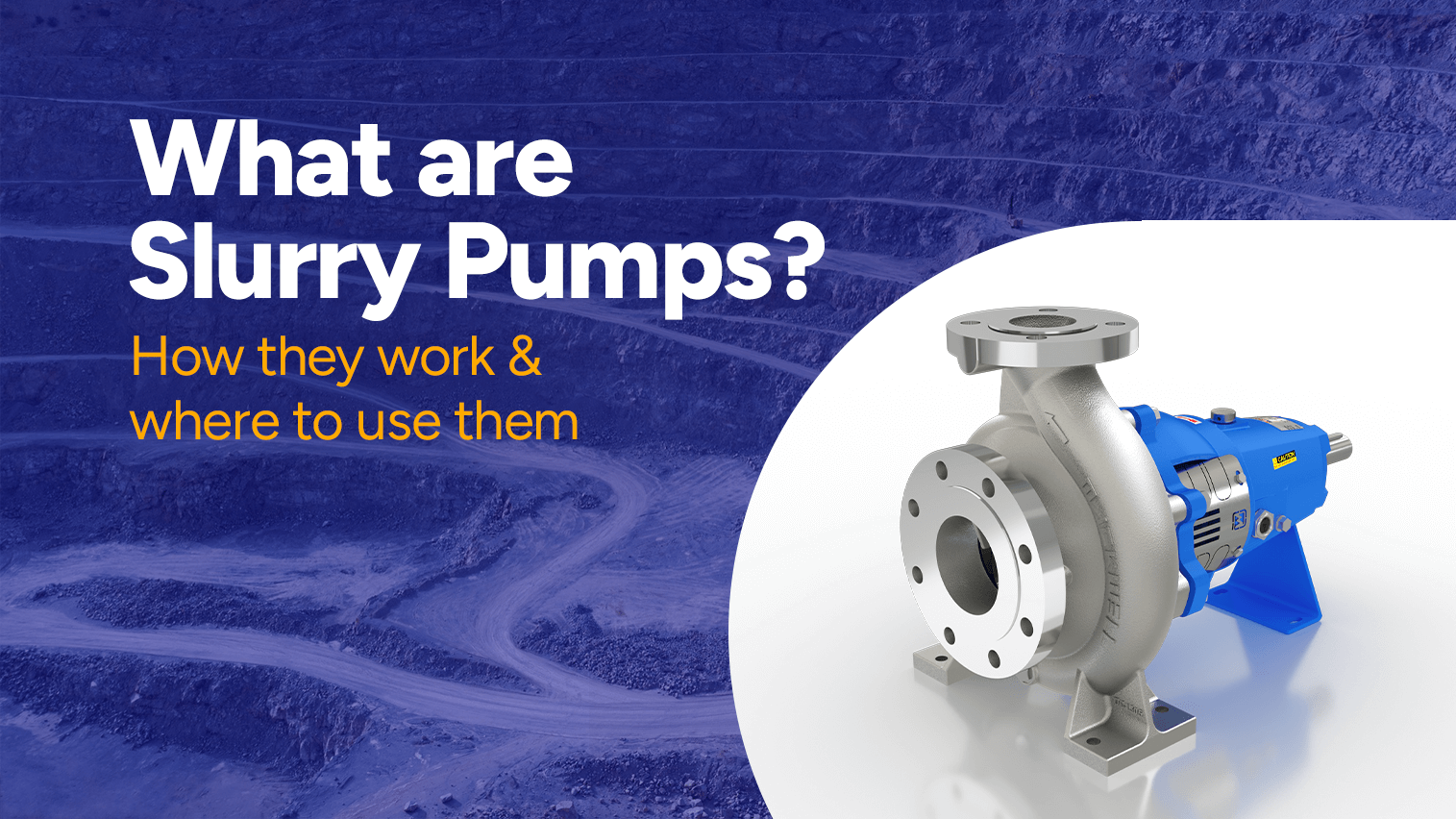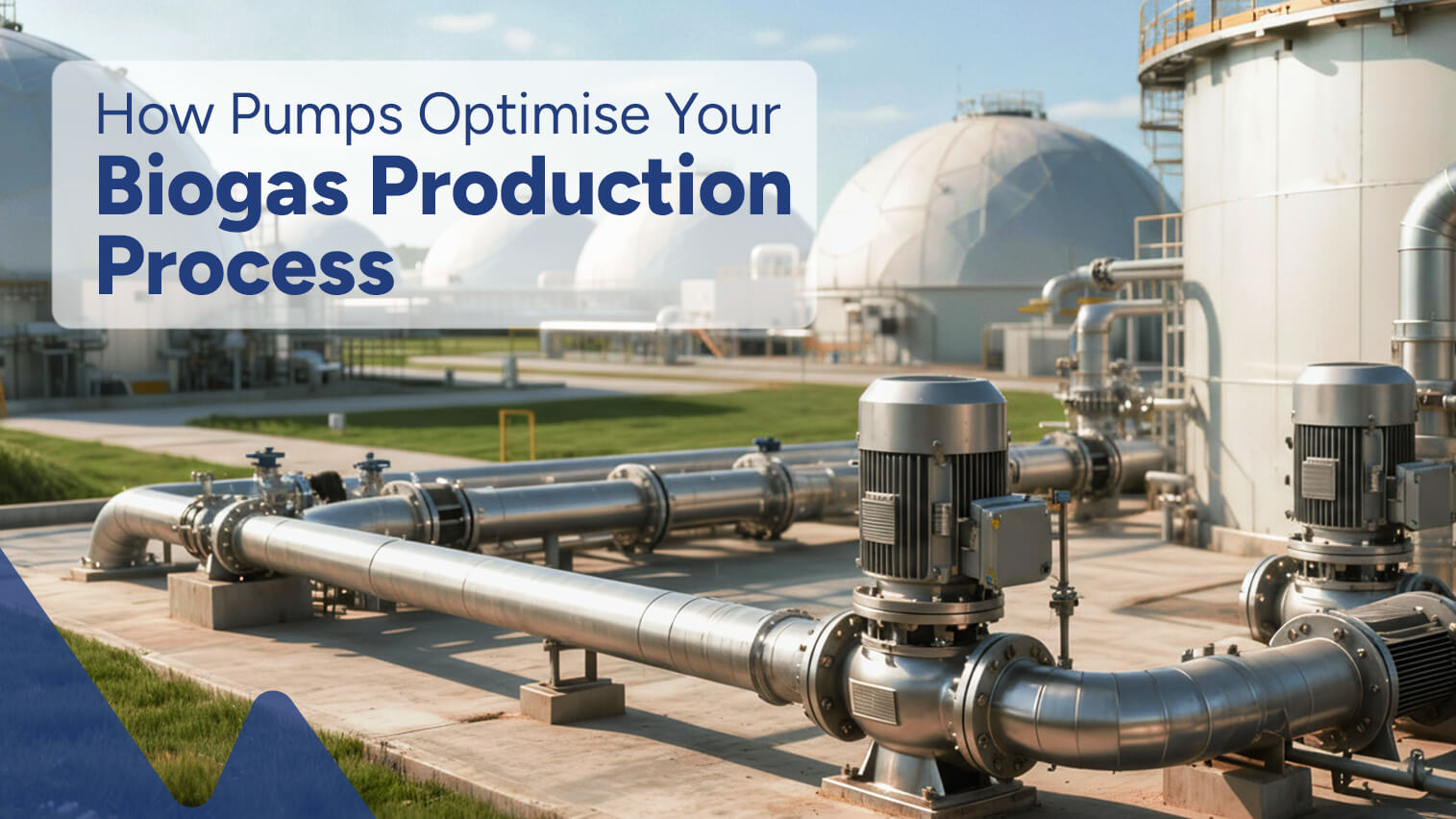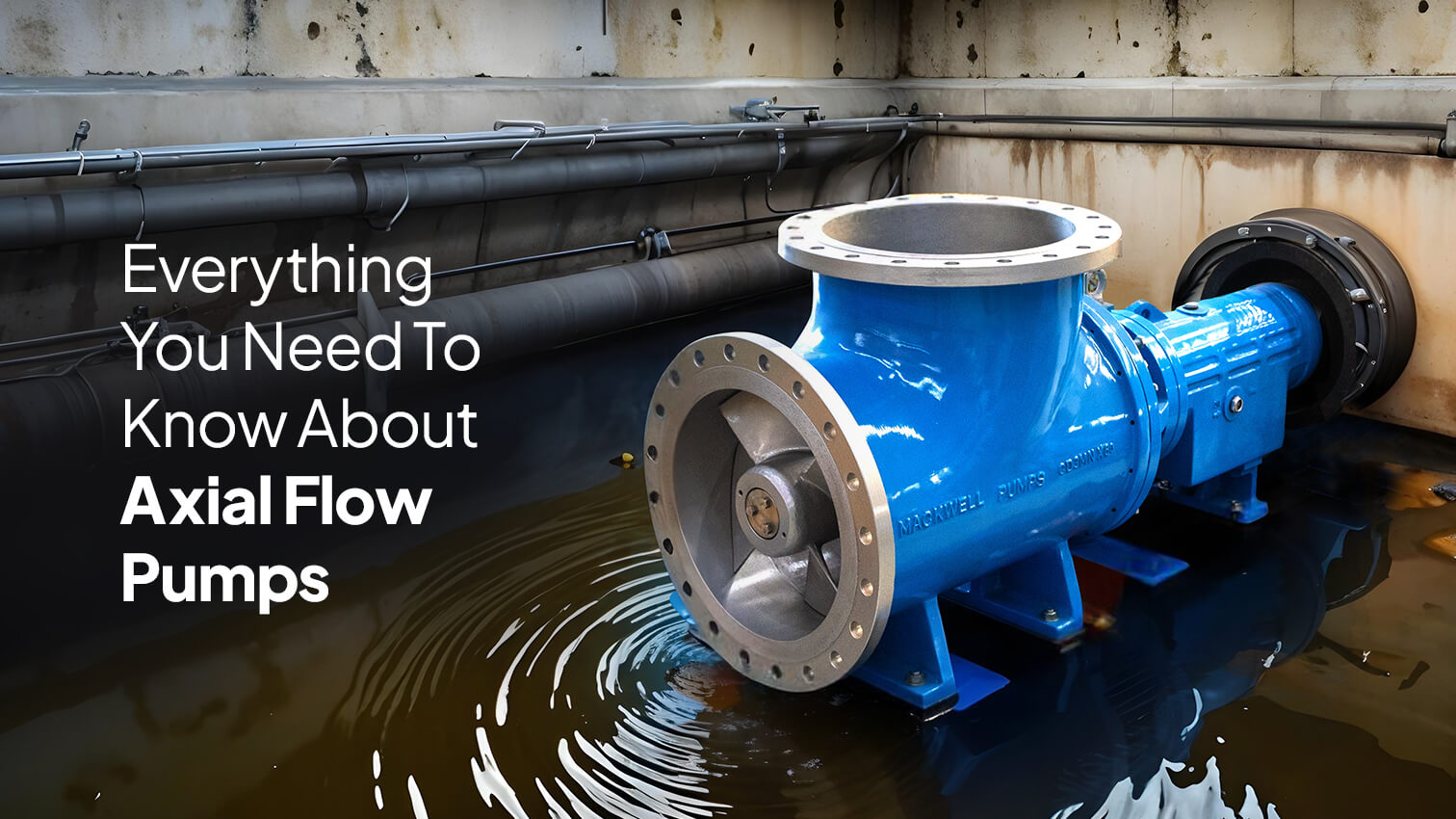What Are Slurry Pumps? How They Work & Where to Use Them?

Ever tried moving a mix of liquid and solid, like thick mud or mining waste, through a pipeline? Regular pumps fail miserably at that. That’s exactly where slurry pumps shine. And if you’re searching for reliable performance and long life, we at Mackwell Pumps have you covered.
As one of the leading Slurry Pumps Manufacturers in India, we understand what it takes to design a pump that not only handles harsh slurries but also keeps running efficiently day after day.
Let’s walk you through exactly what slurry pumps are, how they function and why they’ve become essential in multiple industries.
So, What Exactly is Slurry Pump?
Imagine a slurry pump as a heavy-duty version of your regular pump. While your average pump is designed only to pump water, it’s constructed to deal with liquid that contains solids—gravel and sand, to industrial waste and ore.
That implies the pump’s internal components are heavier-duty, frequently reinforced with heavy grade parts to withstand abrasion, corrosion, and constant wear.
How Does a Slurry Pump Work?
Good question. That is how the magic works—step by step:
- There is a revolving impeller within the pump that generates centrifugal force.
- The force propels the slurry out towards the volute or casing.
- With pressure building, the slurry propels out of the pump and is delivered down the discharge line.
It is simple in theory, but there is sophistication when dealing with solids. We at Mackwell employ precision machined impellers, rugged shafts, and exceedingly durable material.
Types of Slurry Pumps (and When to Use Them)
Depending on your application, we stock various types of slurry pumps:
- Centrifugal Slurry Pumps: Best suited for conveying high volumes of slurry with medium to high solid concentration.
- Submersible Slurry Pumps: Used in pits, ponds, or where the pump is submerged.
- Horizontal Slurry Pumps: Suitable for long pipeline transportation or industrial plants.
- Vertical Slurry Pumps: Best suited for sumps or tanks with limited installation space.
Not sure which one is for you? No problem—always here to assist.
Where Are Slurry Pumps Commonly Used?
Below are some real-world examples of where slurry pumps excel:
- Mining: Pumping tailings, ore slurry, and mineral concentrates.
- Construction: Pumping wet concrete and drilling mud.
- Dredging: Pumping sediment from river or lake bottoms.
- Power Plants: Pumping ash slurry and coal washing discharge.
- Wastewater Treatment: Pumping sludge and other heavy concoctions.
A slurry pump would likely be the right choice if your application involves pumping something thicker than water.
Key Advantages of Using Mackwell Slurry Pumps
Why choose us over someone else? Because at Mackwell Pumps every pump is built to last in tough applications. Here’s what makes our pumps stand out:
- Durable Materials: Rubber, polyurethane and abrasion-resistant steel to handle abrasive solids.
- Energy Efficiency: Designed to waste less energy during heavy use.
- Customizable: Based on your sector, various seals, liners, and impellers are offered.
- Low Downtime: Strong design = less maintenance downtime.
- Field-Proven: Rely on by leading mining, infrastructure and utility organizations.
We’re not merely Slurry Pumps Suppliers in India, we’re industry solution providers who tackle the heaviest material.
Difference Between a Slurry Pump and a Water Pump
Here’s the simple truth:
- Water Pumps are made for clean liquids.
- Slurry Pumps are made for abrasive, solid-laden mixtures.
Trying to use a water pump for slurry will likely ruin it—and fast. Slurry pumps have thicker casings, bigger clearances, and impellers designed to take a beating. They’re built to survive where water pumps would break down in hours.
How Far Can You Pump Slurry?
You’d be surprised. With the right setup and pump size, slurries can be moved hundreds of meters, sometimes even kilometres. Factors like particle size, pipe diameter, elevation, and pressure losses all come into play.
Before recommending a pump, we run all these calculations for you, so you never have to guess.
What’s the Typical Speed of a Slurry Pump?
Most slurry pumps operate between 600 and 1800 RPM, depending on:
- Pump size
- Motor power
- Slurry viscosity
- Solids content
At Mackwell, we fine-tune this based on your application so you can balance speed and durability perfectly.
Want to Learn More About Slurry Applications?
Check out this external guide from ScienceDirect on slurry transport to dive deeper into how slurries behave and how pumping design affects efficiency.
Final Words
When you’re dealing with heavy, abrasive and aggressive slurries, don’t settle for average. Go with the best.
At Mackwell Pumps we don’t just sell pumps; we offer peace of mind. As trusted Slurry Pumps Manufacturers in India, our goal is to make sure your systems run smoother, longer and with zero surprises.
Have a question? Want custom solution? We’re just message away. Let’s get pumping together.
FAQ’s
Q1: Can a slurry pump handle large rocks or gravel?
Yes, depending on the impeller design and pump size. We’ll guide you based on your particle size range.
Q2: What maintenance is required for slurry pumps?
Regular inspection of wear parts, lubrication, and seal checks. We offer easy-access designs to minimize downtime.
Q3: How long do Mackwell slurry pumps last?
Our pumps last 5–10 years or more with proper care and correct application, even under harsh conditions.





